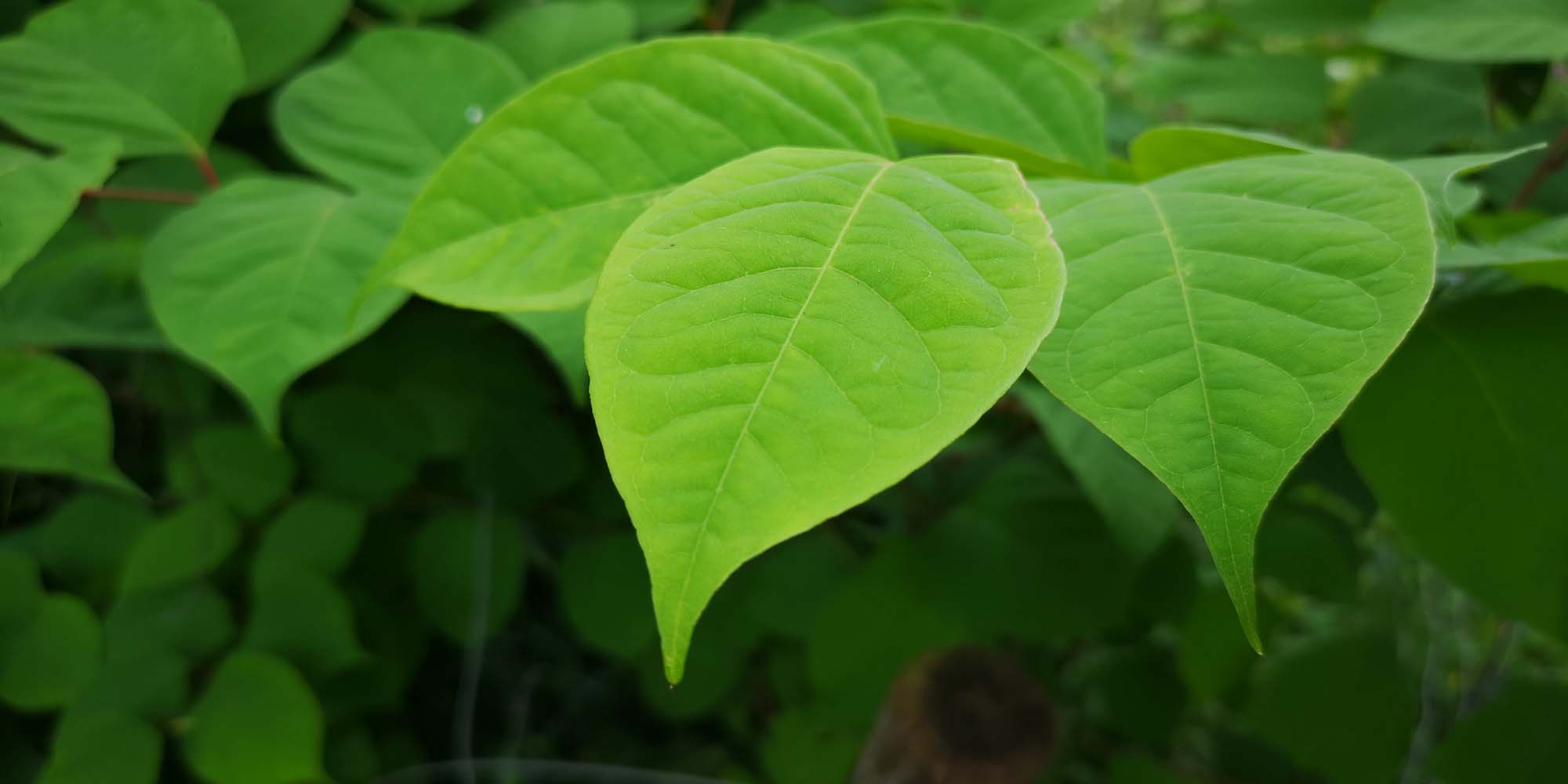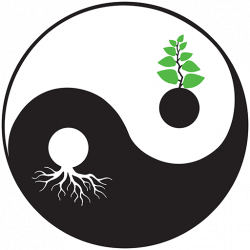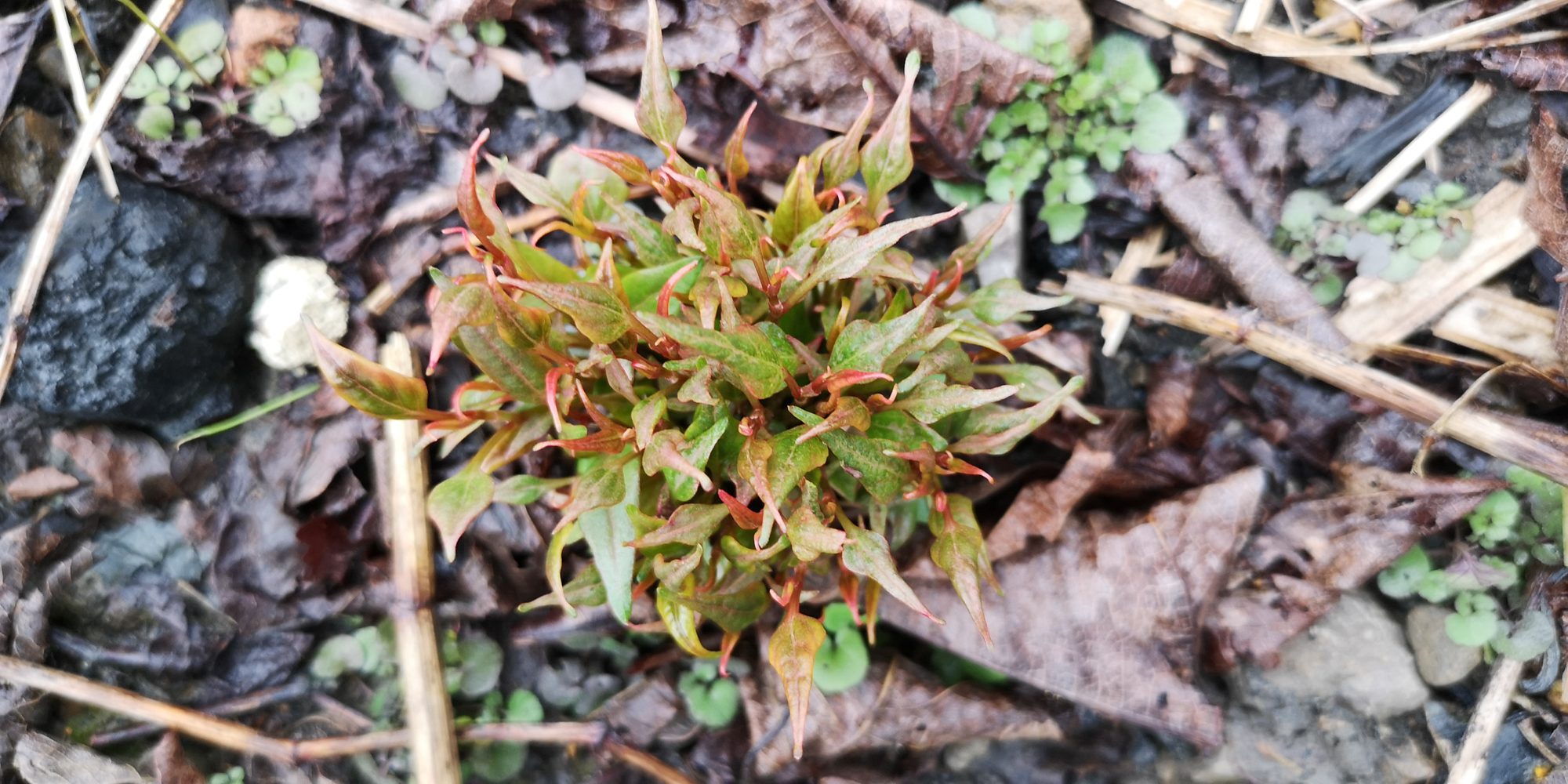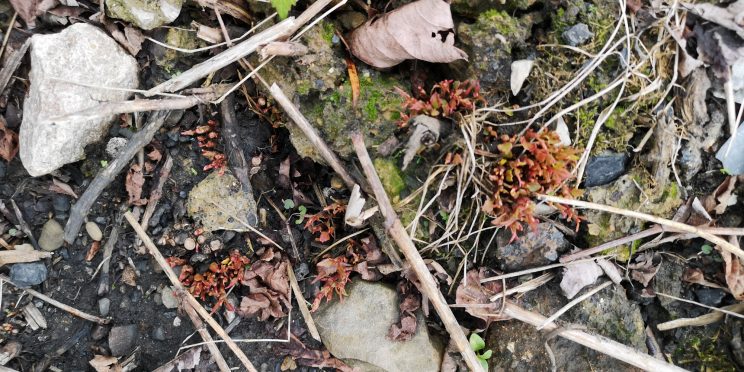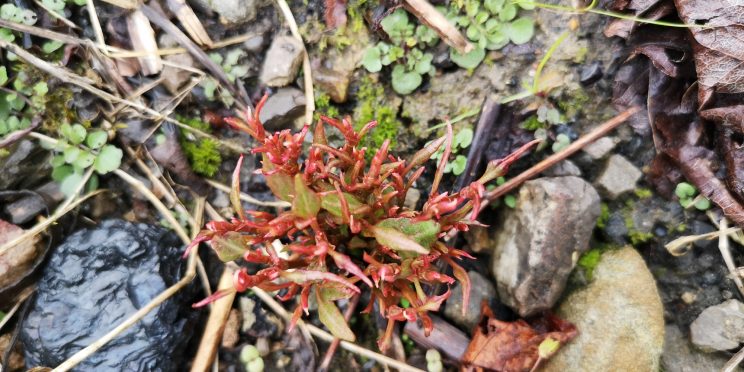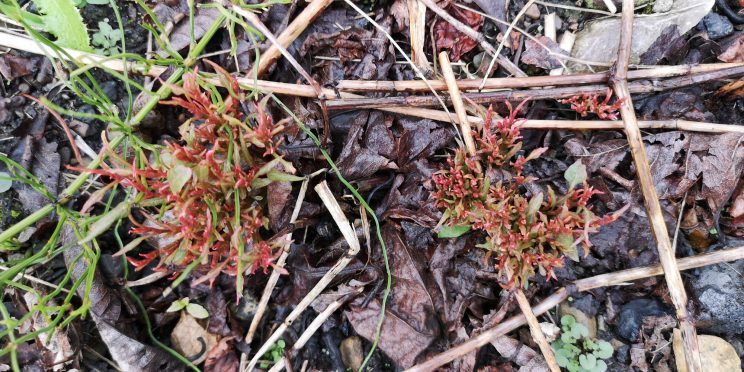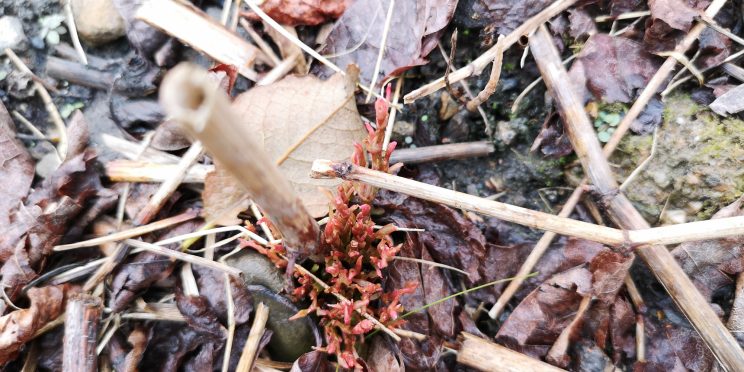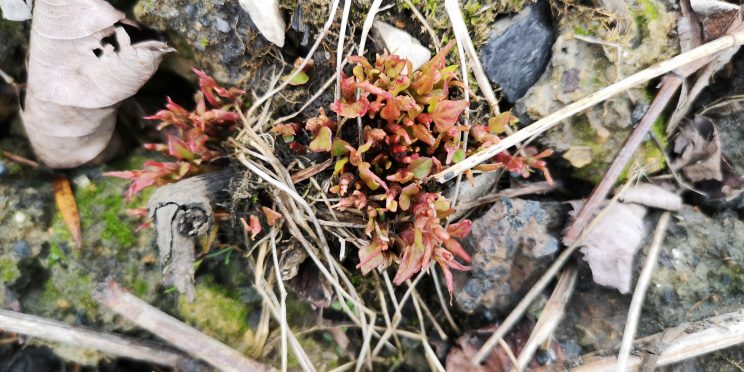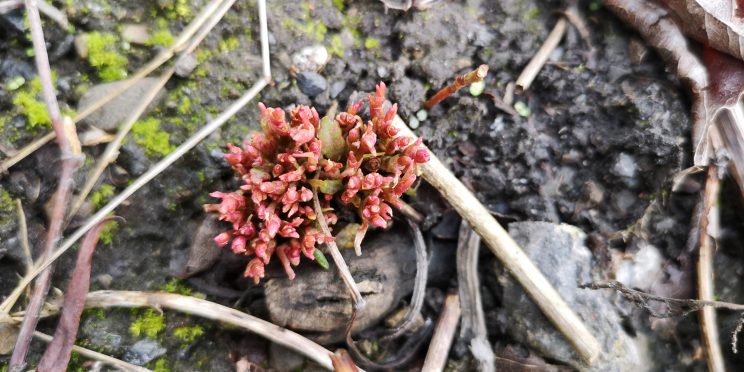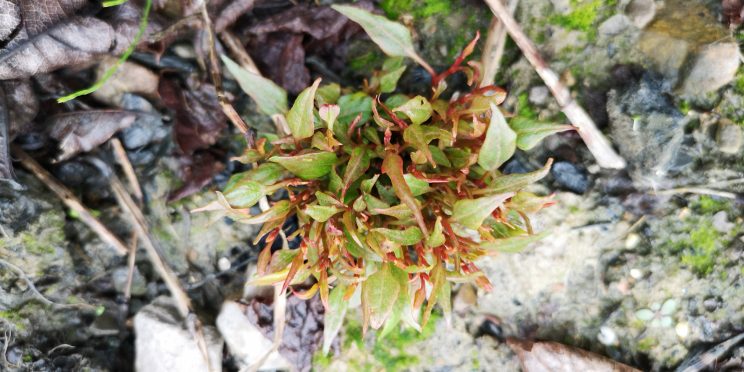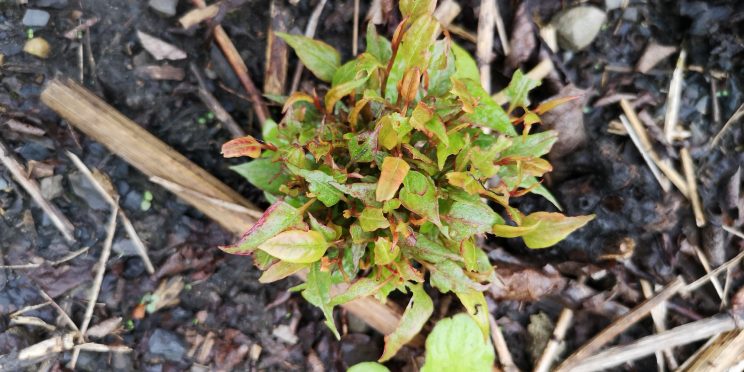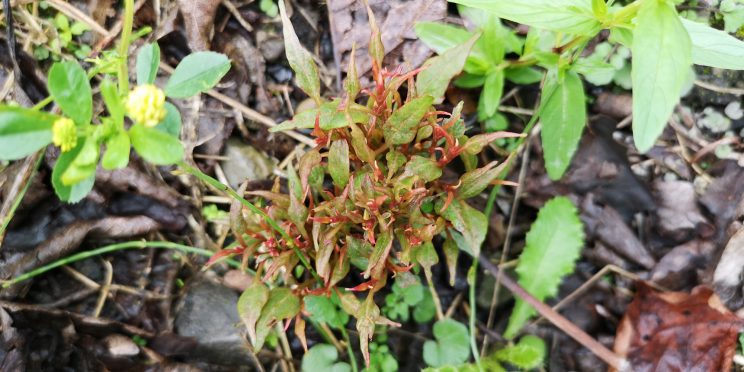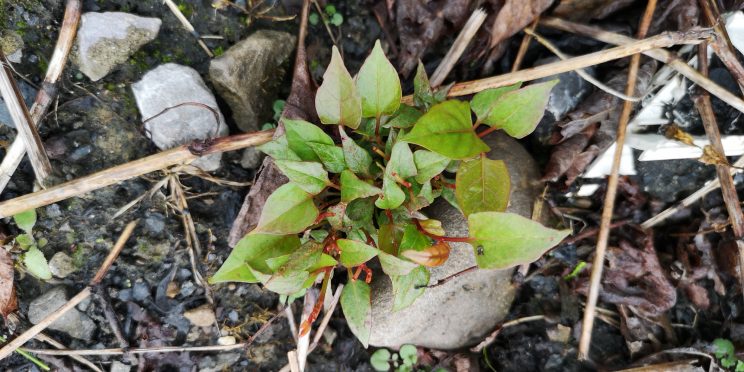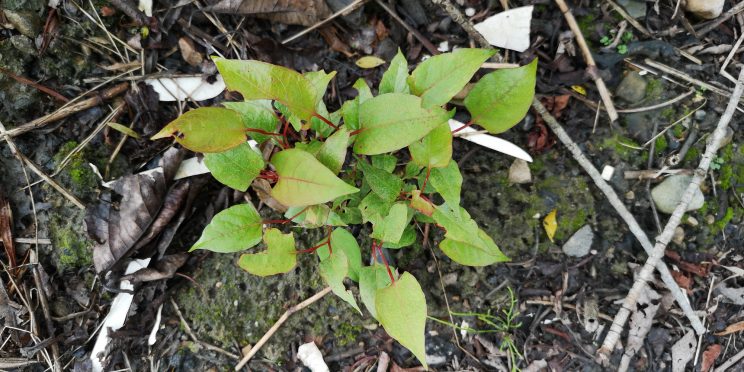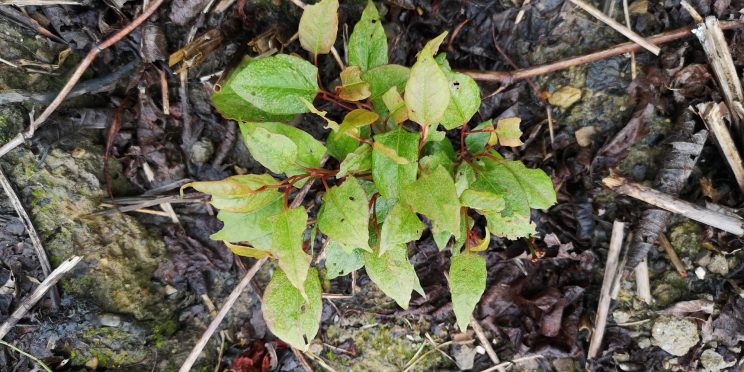Q: When does Japanese Knotweed not look like Japanese Knotweed?
A: When it’s bonsai.
“Bonsai” Japanese Knotweed can look like a completely different plant, making it very difficult for the untrained eye to correctly identify.
Japanese Knotweed can often appear in it’s bonsai form in the next season, following a herbicide treatment with glyphosate. This is the plant trying to form new growth, but appearing stunted due to the ingestion of glyphosate in the previous year.
Glyphosate inhibits the production of the enzyme, (5-enolpyruvoylshikimate 3-phosphate synthetase), which is essential for the biosynthesis of amino acids in the shikimic acid pathway. In simple terms, it saps the plant’s power to grow .
Japanese Knotweed is hardy stuff though. It’s a biological computer, packed with genes, that is programmed to do one thing; grow and reproduce. So it will often try to grow even after herbicide treatment, albeit in a weaker state.
This bonsai growth can take various forms, from miniscule, almost moss-like, red fingers, to tiny, twisted bushes and the more recognisable small, but deformed, familiar leaf shapes. It will often form in small clumps close to the ground, only a few centimetres high, compared to the 2 metre high growth of a normal, healthy plant.
We have also seen taller canes growing without the usual leaf shoots but with clumps of red “moss” bonsai growth where the leaf nodes would be.
Here are a few examples of different bonsai growth, which should help with identification.
This gallery is by no means conclusive, but will give you a good idea of the different forms that bonsai knotweed can take.
As always, Zen Knotweed recommend that if you think you have Japanese Knotweed, bonsai or regular, on your property, you should contact an experienced, professional contractor to assess the situation and manage it accordingly.
You can send us your Japanese Knotweed pictures, bonsai or normal, via our contact page and we will identify them for you.
